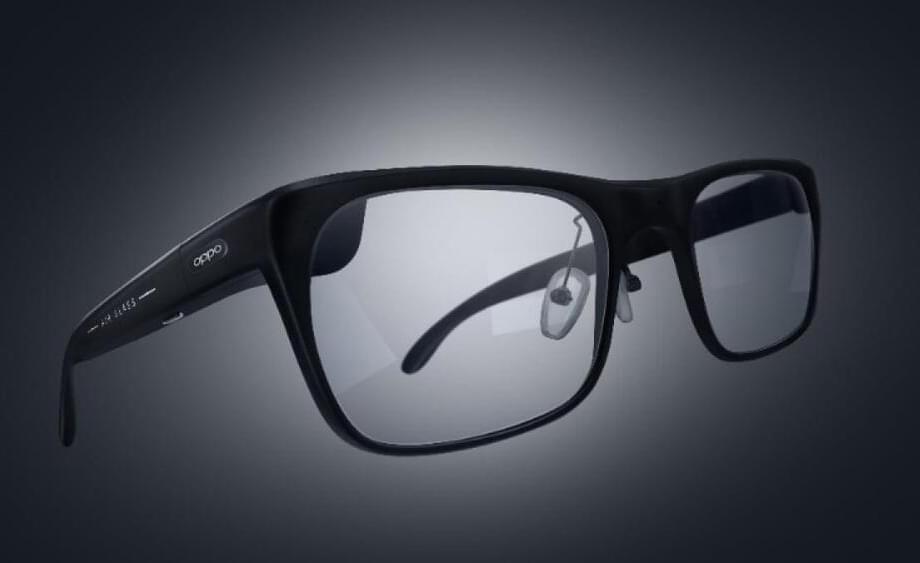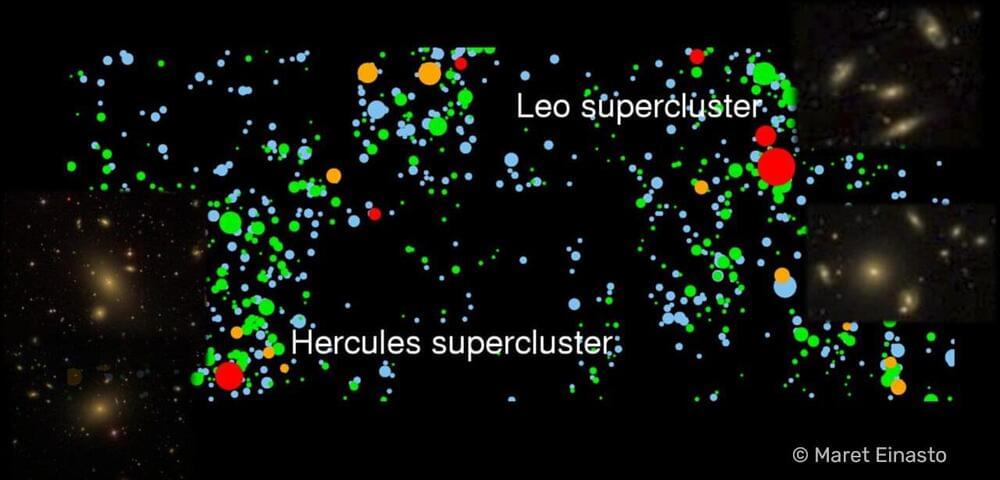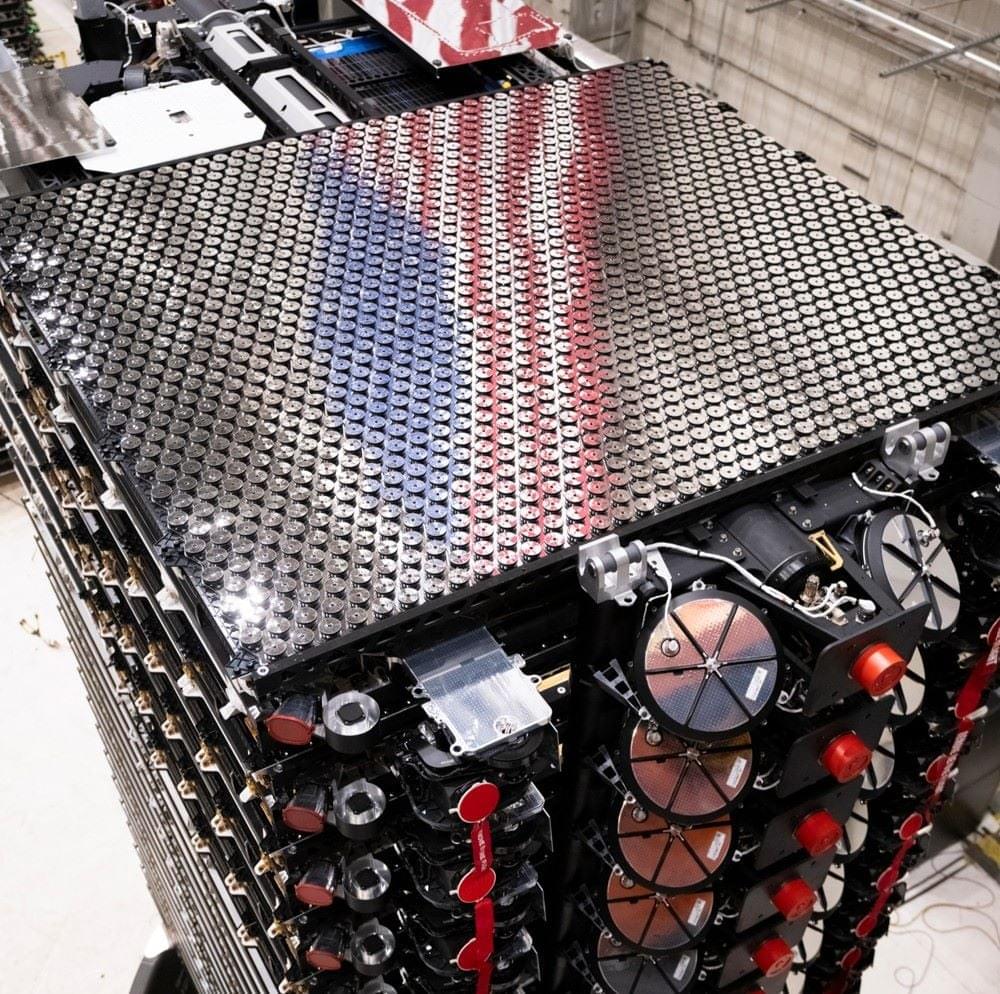Page 1043
Feb 27, 2024
Oppo’s AR glasses really look like regular glasses
Posted by Genevieve Klien in category: augmented reality
Feb 27, 2024
Exploring galaxy groups and clusters and their brightest galaxies within the cosmic web
Posted by Genevieve Klien in category: cosmology
A common belief among astronomers is that galaxy groups and clusters differ mainly in the number of galaxies they contain—there are fewer galaxies in groups and more in clusters. Led by Maret Einasto, astronomers at Tartu Observatory of the University of Tartu decided to look into that and discovered even more differences between groups and clusters.
The structure of the universe can be described as a giant network, a cosmic web, with chains (filaments) of single galaxies and small groups of galaxies connecting rich galaxy groups and clusters that can contain thousands of galaxies. Between galaxy systems, there are giant voids with almost no visible matter (galaxies and gas). Galaxy groups and clusters can, in turn, form even larger systems called superclusters.
In their study, Tartu astronomers used data on galaxy groups, their brightest galaxies (so-called main galaxies), and their surroundings. The aim was to combine these data to see whether it could provide new information about the possible classification of groups of different sizes.
Feb 27, 2024
Facial Recognition Meets Mental Health: MoodCapture App Identifies Depression Early
Posted by Laurence Tognetti, Labroots Inc. in categories: biotech/medical, health, mobile phones, neuroscience, robotics/AI
Can smartphones apps be used to monitor a user’s mental health? This is what a recently submitted study scheduled to be presented at the 2024 ACM CHI Conference on Human Factors in Computing Systems hopes to address as a collaborative team of researchers from Dartmouth College have developed a smartphone app known as MoodCapture capable of evaluating signs of depression from a user with the front-facing camera. This study holds the potential to help scientists, medical professionals, and patients better understand how to identify signs of depression so proper evaluation and treatment can be made.
For the study, the researchers enlisted 177 participants for a 90-day trial designed to use their front-facing camera to capture facial images throughout their daily lives and while the participants answered a survey question with, “I have felt, down, depressed, or hopeless.” All participants consented to the images being taken at random times, not only when they used the camera to unlock their phone. During the study period, the researchers obtained more than 125,000 images and even accounted for the surrounding environment in their final analysis. In the end, the researchers found that MoodCapture exhibited 75 percent accuracy when attempting to identify early signs of depression.
“This is the first time that natural ‘in-the-wild’ images have been used to predict depression,” said Dr. Andrew Campbell, who is a professor in the Computer Science Department at Dartmouth and a co-author on the study. “There’s been a movement for digital mental-health technology to ultimately come up with a tool that can predict mood in people diagnosed with major depression in a reliable and non-intrusive way.”
Feb 27, 2024
Stroke After Heart Surgery: Patients Less Likely to Receive Lifesaving Treatments
Posted by Shubham Ghosh Roy in category: biotech/medical
Patients who suffer a stroke after heart surgery are less than half as likely to receive potentially lifesaving treatments than stroke patients who haven’t undergone heartsurgery, according to a new study in JAMA Neurology.
A Yale study finds that when ischemic stroke follows a heart procedure, the most effective treatment is often not administered, for multiple reasons.
Feb 27, 2024
SpaceX Plans To Orbit Cell Phone Starlink Constellation By Aug. 31
Posted by Genevieve Klien in categories: mobile phones, satellites
SpaceX plans to place its first direct-to-cellular phone Starlink constellation in orbit by the end of August.
The company aims to initially provide text messaging services over its low-Earth-orbit satellites to T-Mobile customers using unmodified cellphones operating with standard LTE/4G protocols. Service is expected to start this year, according to SpaceX’s website.
The rocket and satellite manufacturer lofted its first 21 direct-to-cellphone Starlink satellites on Jan. 2. Its plan to have the constellation orbiting Earth by the end of August was announced by Jon Edwards, SpaceX vice president of Falcon Launch Vehicles, on Feb. 26 on the social media website X.
Feb 27, 2024
India completes critical test for Gaganyaan flight crewed by humanoid robot later this year
Posted by Genevieve Klien in categories: robotics/AI, space travel
“Vyomitra” will be the robotic astronaut aboard the first Gaganyaan test flight, scheduled for later this year.
Feb 27, 2024
Frontiers: Neuromorphic engineering (NE) encompasses a diverse range of approaches to information processing that are inspired by neurobiological systems
Posted by Dan Breeden in categories: biotech/medical, information science, neuroscience, robotics/AI, supercomputing
And this feature distinguishes neuromorphic systems from conventional computing systems. The brain has evolved over billions of years to solve difficult engineering problems by using efficient, parallel, low-power computation. The goal of NE is to design systems capable of brain-like computation. Numerous large-scale neuromorphic projects have emerged recently. This interdisciplinary field was listed among the top 10 technology breakthroughs of 2014 by the MIT Technology Review and among the top 10 emerging technologies of 2015 by the World Economic Forum. NE has two-way goals: one, a scientific goal to understand the computational properties of biological neural systems by using models implemented in integrated circuits (ICs); second, an engineering goal to exploit the known properties of biological systems to design and implement efficient devices for engineering applications. Building hardware neural emulators can be extremely useful for simulating large-scale neural models to explain how intelligent behavior arises in the brain. The principal advantages of neuromorphic emulators are that they are highly energy efficient, parallel and distributed, and require a small silicon area. Thus, compared to conventional CPUs, these neuromorphic emulators are beneficial in many engineering applications such as for the porting of deep learning algorithms for various recognitions tasks. In this review article, we describe some of the most significant neuromorphic spiking emulators, compare the different architectures and approaches used by them, illustrate their advantages and drawbacks, and highlight the capabilities that each can deliver to neural modelers. This article focuses on the discussion of large-scale emulators and is a continuation of a previous review of various neural and synapse circuits (Indiveri et al., 2011). We also explore applications where these emulators have been used and discuss some of their promising future applications.
“Building a vast digital simulation of the brain could transform neuroscience and medicine and reveal new ways of making more powerful computers” (Markram et al., 2011). The human brain is by far the most computationally complex, efficient, and robust computing system operating under low-power and small-size constraints. It utilizes over 100 billion neurons and 100 trillion synapses for achieving these specifications. Even the existing supercomputing platforms are unable to demonstrate full cortex simulation in real-time with the complex detailed neuron models. For example, for mouse-scale (2.5 × 106 neurons) cortical simulations, a personal computer uses 40,000 times more power but runs 9,000 times slower than a mouse brain (Eliasmith et al., 2012). The simulation of a human-scale cortical model (2 × 1010 neurons), which is the goal of the Human Brain Project, is projected to require an exascale supercomputer (1018 flops) and as much power as a quarter-million households (0.5 GW).
The electronics industry is seeking solutions that will enable computers to handle the enormous increase in data processing requirements. Neuromorphic computing is an alternative solution that is inspired by the computational capabilities of the brain. The observation that the brain operates on analog principles of the physics of neural computation that are fundamentally different from digital principles in traditional computing has initiated investigations in the field of neuromorphic engineering (NE) (Mead, 1989a). Silicon neurons are hybrid analog/digital very-large-scale integrated (VLSI) circuits that emulate the electrophysiological behavior of real neurons and synapses. Neural networks using silicon neurons can be emulated directly in hardware rather than being limited to simulations on a general-purpose computer. Such hardware emulations are much more energy efficient than computer simulations, and thus suitable for real-time, large-scale neural emulations.
Feb 27, 2024
Researchers develop powerful optical neuromorphic processor
Posted by Dan Breeden in categories: biological, robotics/AI, transportation
An international team of researchers, led by Swinburne University of Technology, demonstrated what it claimed is the world’s fastest and most powerful optical neuromorphic processor for artificial intelligence (AI). It operates faster than 10 trillion operations per second (TeraOPs/s) and is capable of processing ultra-large scale data.
The researchers said this breakthrough represents an enormous leap forward for neural networks and neuromorphic processing in general. It could benefit autonomous vehicles and data-intensive machine learning tasks such as computer vision.
Artificial neural networks can ‘learn’ and perform complex operations with wide applications. Inspired by the biological structure of the brain’s visual cortex system, artificial neural networks extract key features of raw data to predict properties and behaviour with unprecedented accuracy and simplicity.
Feb 27, 2024
Researchers develop new nanoparticle to deliver drugs to immune system cells
Posted by Dan Breeden in categories: biotech/medical, chemistry, engineering, nanotechnology
Vanderbilt researchers have developed a new nanoparticle that can more get drugs inside cells to boost the immune system and fight diseases such as cancer.
The research is led by John Wilson, associate professor of chemical and biomolecular engineering and biomedical engineering, as well as a corresponding author on the paper about the research that was recently published in the journal Nanoscale.
Wilson, who is Principal Investigator of the Immunoengineering Lab at Vanderbilt and a Chancellor Faculty Fellow, and his team created a polymeric nanoparticle that can penetrate cell membranes and get drugs into the cytosol—or liquid—inside cells.


















